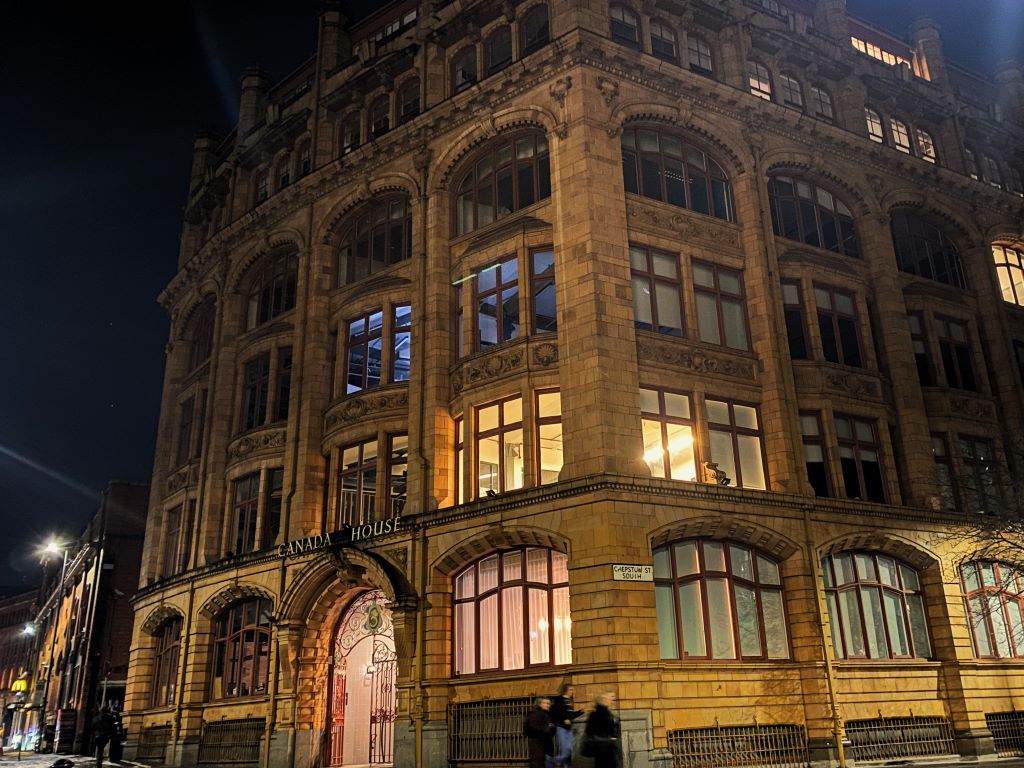Green Week: Transport & Infrastructure Have Your Say
 Green Week on Place North West, published in association with the Environment Agency, Envirolink Northwest and Hill Dickinson
Green Week on Place North West, published in association with the Environment Agency, Envirolink Northwest and Hill Dickinson
►Sarah Jolly, Merseyside Transport Partnership
▼Peter Jenkins, BDP
 Different modes of transport vary in their respective levels of environmental benefits. For example air travel continues to struggle with emission levels and efficiency through reliance on fuel intensive aeroplanes and the heavily serviced nature of airport buildings while rail transport offers more opportunities for 'loose-fit' sustainability strategies.
Different modes of transport vary in their respective levels of environmental benefits. For example air travel continues to struggle with emission levels and efficiency through reliance on fuel intensive aeroplanes and the heavily serviced nature of airport buildings while rail transport offers more opportunities for 'loose-fit' sustainability strategies.
But even with this flexibility and the better fuel efficiencies trains offer compared to flight, rail needs to press home its advantage as a low-carbon, highly sustainable mode of public transport through innovative design and construction.
Despite their size railway stations have a relatively low energy usage – but could strive to be far more energy efficient. Natural ventilation could alleviate any need for air-conditioning in station buildings, and energy for heating and lighting could be sourced locally – or even on site. For example substantial sections of platform canopies could be utilised to provide sources of sunlight-derived heating and power.
Intelligent refurbishment and renovation enables existing station fabric and infrastructure to be 'recycled' without the energy use of demolition and re-construction.
And where new build is perceived to be a requirement, the option of creatively adapting existing buildings should be thoroughly investigated first. If that still fails to provide a solution, sustainable future-proofing for the proposed new build needs to ensure it will not require substantial modifications the future."
Peter Jenkins is an architect director at BDP specialising in transport design and masterplanning



